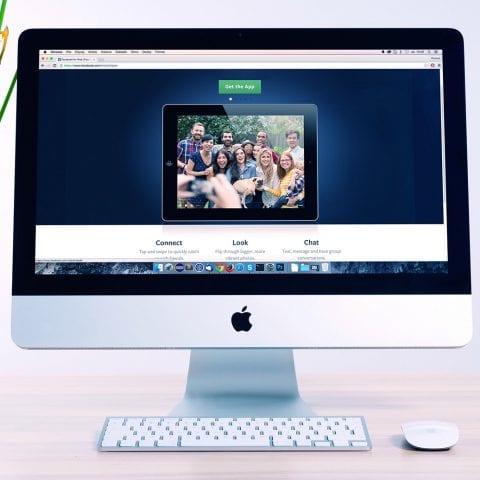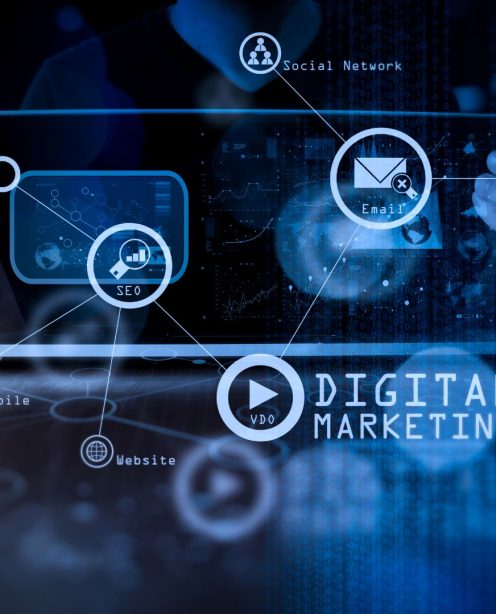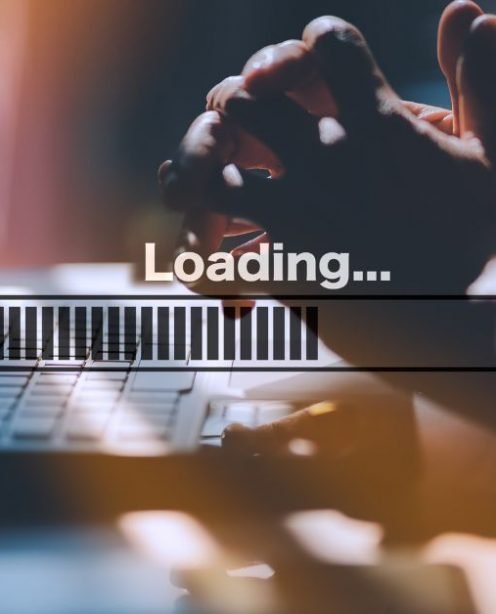1. Fab analogy from Anna Rafferty of a website build being like a pregnancy. You spend all this time focusing on the pregnancy/build and birth/launch and then you suddenly have this baby/website that you need to give time and attention to so that it doesn't die!
2. The idea of designing mobile first sites came up a few times and also some discussion about mobile optimisation. We've been talking about mobile first design for a while here at Tincan - many of the organisations we work with have relatively high levels of mobile traffic so it's important that they have a site that works for that audience. Mobile optimisation takes this a step further and requires a very solid understanding of what your users are doing on each device so that you can serve them the most relevant content. This means that there's a necessary body of audience research that needs to be done in advance to make sure that the work serves your audience appropriately. How does your mobile visitor journey differ from that of your desktop visitor? What can you change to make sure that they get what they need more efficiently?
3. National Museums Scotland have a very nice new website that launched last month that was critiqued. Everyone really liked it and the way that it managed the four venues and that they cut a lot content. This seems to be a theme with museums, they're culling their content at the moment - mainly so that the website is an audience tool rather than a resource. It's a very slick site which neatly covers off the four venues and their collections and this led to a question about the cost of the site. This conversation continued on Twitter.
Budgets are interesting - setting the right budget for a project can be tricky but knowing what others spent and what they got for their money is one way to gauge if you're in the right ballpark. It's a complex question - not least to make sure apples are compared with apples and not pears. No two projects are the same: requirements and even the starting point of the work varies greatly. Budget doesn't only apply to the amount you pay to an agency either - mention was also made of the staff teams and their time spent working on websites both during a (re)development and beyond. Of course, there are ways that web projects can also improve workflows and reduce the time spent on activities like data entry so there can be a trade off there.
That all said, maybe, as a sector, we could afford to be a little bit more brave an open about this part of the conversation?
4. The Beaney House of Art and Knowledge website was built as a microsite to the Visit Canterbury site; as a result the cost of the site was very low. It was developed during the building's refurbishment but now that the building is open to the public and the programme has started to take shape, it's ready for some additional development work. Built in WordPress, the site has some great design aspects and there's some great photography that a lot of the audience wanted to see more of in any new site.
5. There was quite a lot of talk about user experience, user journeys, personas and tone of voice - all tying in with the idea of putting the visitor first (rather than the internal departmental structures, or individual stakeholders within an organisation). There were some thoughts around useful analytics and measurements that can be used to inform work in this area. Sometimes pressures within organisations can result in this focus being slightly lost over the course of a project which is a shame. I don't really have much to add here except to note that it's great to hear this being more widely discussed and hopefully a step towards a sector with more user focused websites.
6. Someone pointed towards the Government Service Design Manual - it might sound dull as hell but it's been put together by the Government's well respected digital team and gives some excellent guidance around websites (for public sector etc...). Might be worth a browse. Attendees were keen to learn from each other so. Since then the Tate Online Style Guide has been shared on Twitter. Maybe more will follow...
7. Brooklyn Museum of Art - definitely the highlight of the day! Shelley Bernstein, Vice Director of Digital Engagement & Technology, talked about a digital project that she's involved in heading up. They are using agile methodology - a digital project management technique - to drive this project to help them find ways in which technology can help the museum overcome limitations of their physical site in a way that enables visitors to get the most out of their visit. The museum has a very locally focused and diverse community of loyal visitors onsite - a trend that maps directly in their online analytics. They are focusing on developing these visitors and putting the visitor experience at the heart of the museums work.
Bernstien covered a lot in her talk and the way in which she's been able to get stakeholders - and funding - on board with the project as it grows was encouraging and inspiring. A key point in the talk was that any digital project which places technology at the heart of it will fail - the audience, user, the people must come first. This led to some discussion about current funding models. Both in the US and the UK, funding for digital projects requires a clear plan of what will be done during the project and often the funding is for a set period of time. There was a strong sense in the room that this is a very restrictive way to work - how can we change this?
8. Joanna Jones from the V&A talked about her experiences with social media in a large arts organisation. Initially they struggled with a switch from the traditional marketing voice which is so often stuck in 'broadcast' mode and was frequently 'delighted to announce' almost everything they did. Moving away from this - not just internally but within the wider ecosystem - was a challenge. What do you do when a national magazine publishes details of your event online before the press launch? A good point from Joanna here was also around the fact that sometimes, you can let conversations happen without you. If your audience likes you, they will take up your cause and help you out.
Culture24 have pulled together a Storify of the days conversation - and you can still pick up a lot of the conversation on Twitter.





